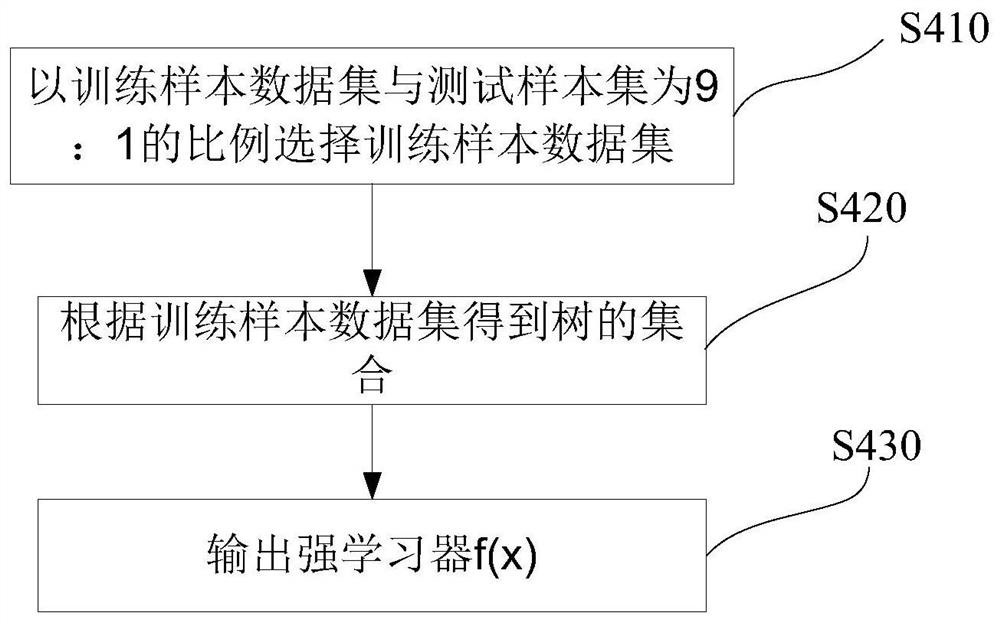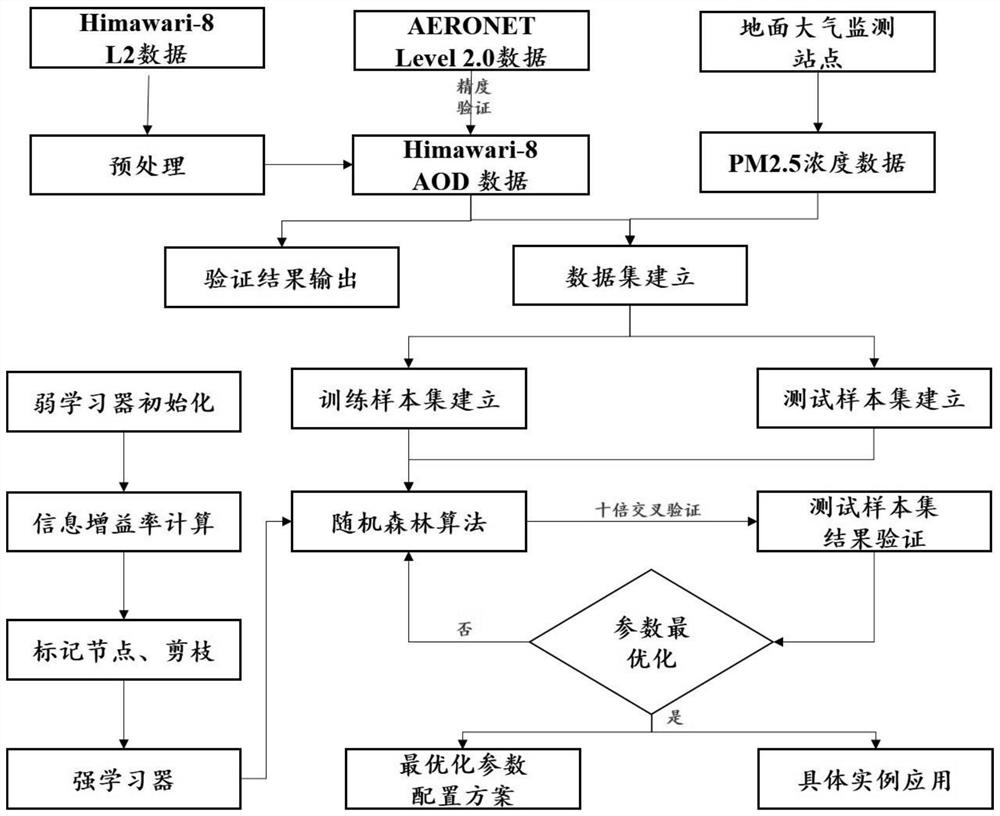A pm2.5 Concentration Estimation Method Based on Geostationary Orbit Satellites
A static orbit and concentration technology, applied in the field of remote sensing, can solve the problems of long revisit period of the same point and unable to reflect the migration of pollutants well.
- Summary
- Abstract
- Description
- Claims
- Application Information
AI Technical Summary
Problems solved by technology
Method used
Image
Examples
Embodiment Construction
[0050] In order to make the object, technical solution and advantages of the present invention clearer, the present invention will be further described in detail below in combination with specific embodiments and with reference to the accompanying drawings. It should be understood that these descriptions are exemplary only, and are not intended to limit the scope of the present invention. Also, in the following description, descriptions of well-known structures and techniques are omitted to avoid unnecessarily obscuring the concept of the present invention.
[0051] The invention provides a method for estimating PM2.5 concentration based on geostationary satellites. According to the correlation relationship between aerosol optical thickness data and PM2.5 concentration, the remote sensing estimation of PM2.5 concentration under different weather conditions can be performed quickly and accurately. The estimation result of PM2.5 concentration can be obtained accurately.
[0052...
PUM
 Login to View More
Login to View More Abstract
Description
Claims
Application Information
 Login to View More
Login to View More - R&D
- Intellectual Property
- Life Sciences
- Materials
- Tech Scout
- Unparalleled Data Quality
- Higher Quality Content
- 60% Fewer Hallucinations
Browse by: Latest US Patents, China's latest patents, Technical Efficacy Thesaurus, Application Domain, Technology Topic, Popular Technical Reports.
© 2025 PatSnap. All rights reserved.Legal|Privacy policy|Modern Slavery Act Transparency Statement|Sitemap|About US| Contact US: help@patsnap.com



